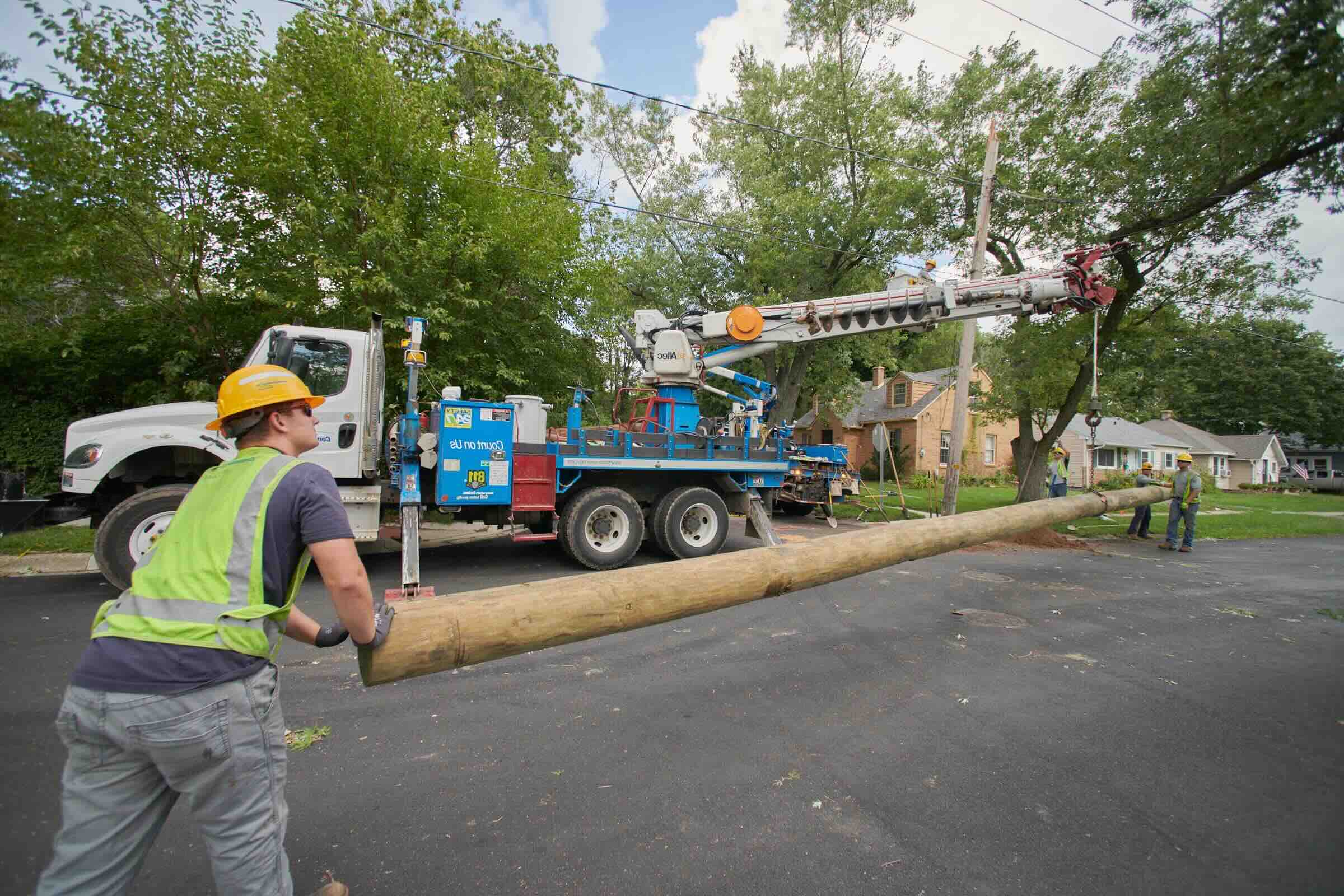
Ever wondered why power outages happen so often? Consumers Power, a major utility company, deals with numerous outages each year. These interruptions can be caused by various factors such as severe weather, equipment failure, or even wildlife interference. Did you know that squirrels are one of the leading causes of power outages? It's true! They love to chew on power lines. Another surprising fact is that trees are responsible for nearly 30% of outages. When branches fall on lines, they can disrupt the flow of electricity. Understanding these causes can help you prepare better for the next blackout. Stay tuned as we dive into 15 intriguing facts about Consumers Power outages that might just change how you view these inconvenient events.
Understanding Power Outages
Power outages can be more than just an inconvenience. They can disrupt daily life, affect businesses, and even pose safety risks. Here are some intriguing facts about power outages that might surprise you.
-
Weather is the Leading Cause
Severe weather conditions like thunderstorms, hurricanes, and snowstorms are the primary reasons for power outages. High winds and heavy precipitation can damage power lines and transformers. -
Animals Can Cause Outages
Believe it or not, animals like squirrels, birds, and snakes can cause power outages. They often come into contact with electrical equipment, leading to short circuits and power failures. -
Tree Branches are a Major Culprit
Overgrown tree branches can interfere with power lines, especially during storms. Utility companies often trim trees near power lines to prevent outages.
The Impact of Power Outages
Understanding the effects of power outages can help us appreciate the importance of a reliable power supply. Here are some facts about their impact.
-
Economic Losses
Power outages can lead to significant economic losses. Businesses may have to shut down operations, leading to lost revenue and productivity. -
Health Risks
For people relying on medical equipment, power outages can be life-threatening. Hospitals and healthcare facilities often have backup generators to mitigate this risk. -
Food Spoilage
Extended power outages can cause food in refrigerators and freezers to spoil, leading to waste and potential health hazards.
Power Outage Statistics
Statistics provide a clearer picture of how common power outages are and their effects. Here are some eye-opening stats.
-
Frequency of Outages
On average, Americans experience one to two power outages per year, each lasting around two hours. However, this can vary widely depending on location and weather conditions. -
Duration of Outages
The duration of power outages can range from a few minutes to several days. The time taken to restore power depends on the cause and severity of the outage. -
Number of Affected People
Millions of people are affected by power outages each year. Major storms can leave entire regions without power for extended periods.
Preparing for Power Outages
Preparation can make power outages more manageable. Here are some tips and facts to help you stay prepared.
-
Emergency Kits
Having an emergency kit with essentials like flashlights, batteries, water, and non-perishable food can be a lifesaver during a power outage. -
Backup Power Sources
Generators and solar-powered chargers can provide backup power during an outage. It's important to know how to use them safely. -
Communication Plans
Establishing a communication plan with family members can ensure everyone knows what to do and where to go during a power outage.
Technological Solutions
Technology plays a crucial role in preventing and managing power outages. Here are some advancements making a difference.
-
Smart Grids
Smart grids use digital technology to monitor and manage electricity flow, helping to prevent outages and quickly restore power when they occur. -
Renewable Energy
Renewable energy sources like solar and wind can provide backup power during outages. They also reduce the strain on traditional power grids. -
Advanced Weather Forecasting
Improved weather forecasting helps utility companies prepare for severe weather events, reducing the likelihood of power outages.
Final Thoughts on Consumers Power Outages
Power outages can be a real headache, but knowing some key facts can help you stay prepared. Consumers Energy works hard to keep the lights on, but sometimes Mother Nature has other plans. When outages happen, it's good to know that the company has a robust system in place to restore power as quickly as possible. Keep emergency supplies handy, like flashlights, batteries, and a portable phone charger. Always report outages to help the company pinpoint issues faster. Remember, safety first—stay away from downed power lines and use generators properly. With a little preparation and understanding, you can weather the storm and get back to normal life sooner. Stay informed, stay safe, and keep these tips in mind next time the lights go out.
Was this page helpful?
Our commitment to delivering trustworthy and engaging content is at the heart of what we do. Each fact on our site is contributed by real users like you, bringing a wealth of diverse insights and information. To ensure the highest standards of accuracy and reliability, our dedicated editors meticulously review each submission. This process guarantees that the facts we share are not only fascinating but also credible. Trust in our commitment to quality and authenticity as you explore and learn with us.
